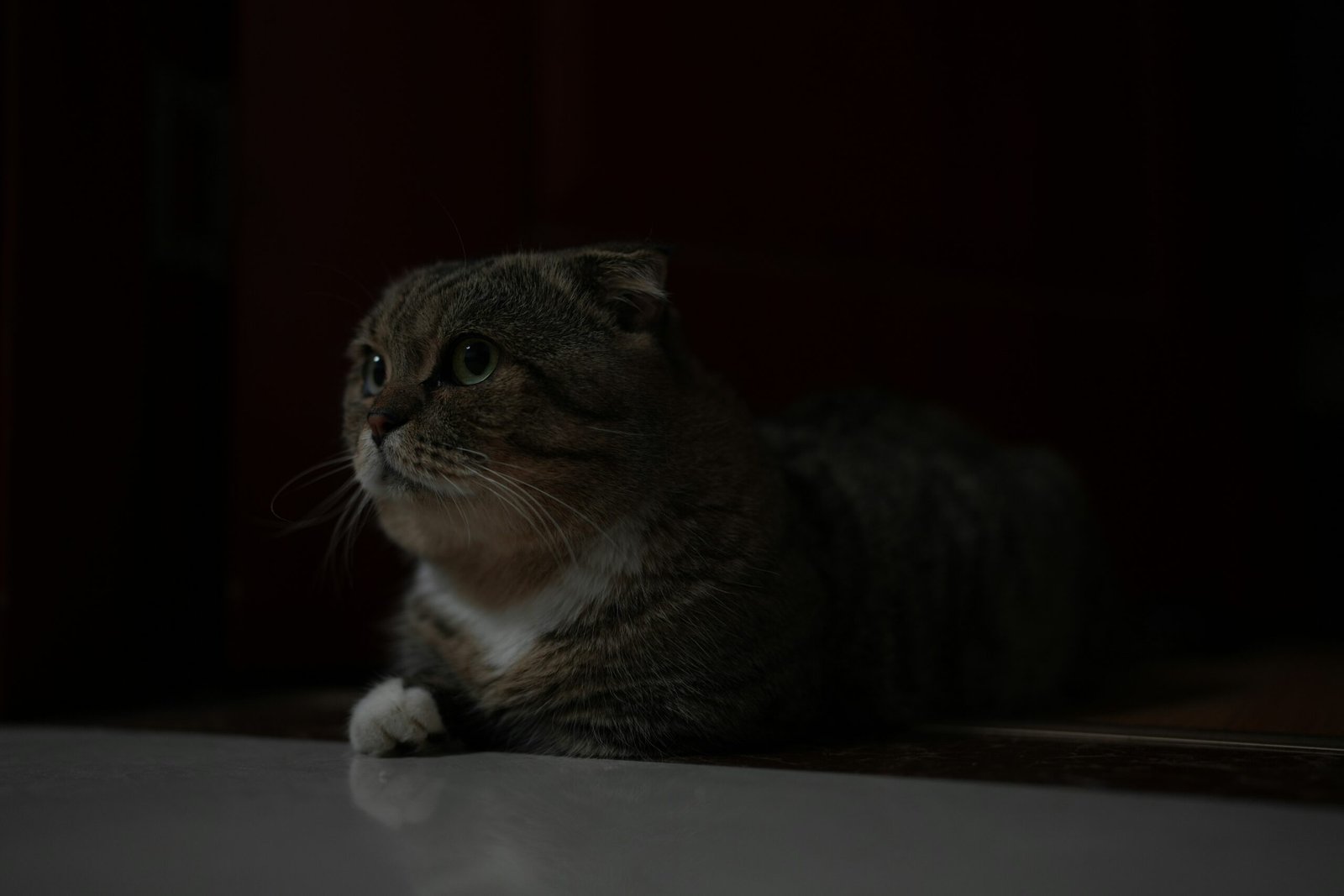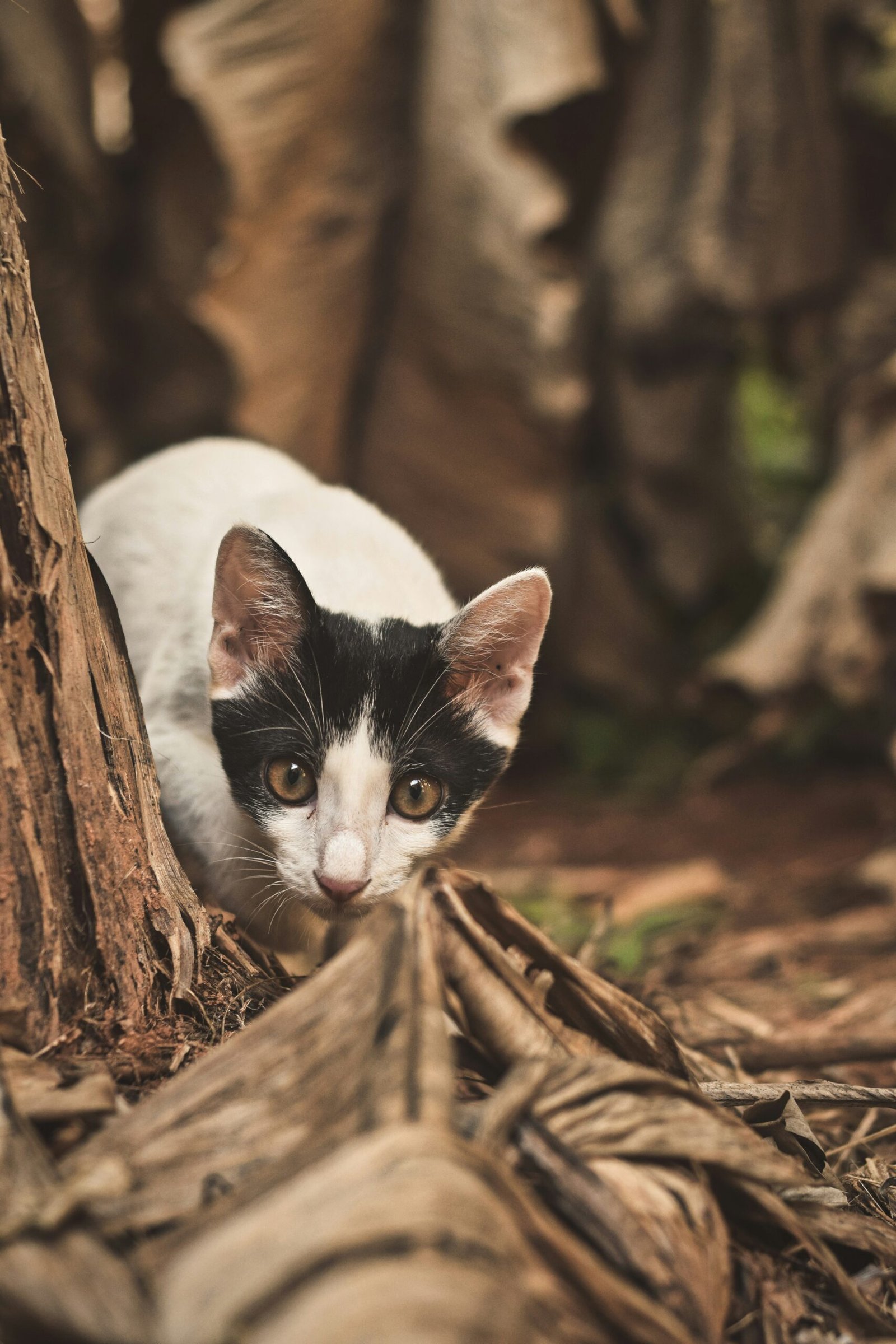Understanding Jealousy, Separation Anxiety, and Attachment in Cats
أكتوبر 1, 2025 | by Admin


The Nature of Jealousy and Attachment in Cats
Understanding the nature of jealousy and attachment in cats is vital for any pet owner seeking to foster a harmonious environment for their feline companions. Cats, despite their reputation for independence, are highly social creatures that form deep attachments to humans and other pets in their environment. These bonds can significantly influence their behavior and emotional health.
Attachment in cats is a complex phenomenon. They tend to bond with their human caregivers through positive interactions, such as feeding, petting, and playtime. These experiences help cats develop a secure attachment, which is crucial in ensuring their psychological well-being. Cats often rely on their human companions for comfort, safety, and social interaction, reflecting a connection that extends beyond mere survival needs. Conversely, unhealthy attachments can manifest as clinginess or excessive dependency, often stemming from a lack of socialization or negative experiences in early life.
Jealousy in cats can arise when they perceive a threat to their established bonds, especially during situations that involve sharing attention or resources, such as introducing a new pet or spending time with friends. Signs of jealousy may include vocalization, aggressive behavior toward the newcomer, or reverting to destructive actions. These behaviors can indicate that a cat feels threatened and is attempting to regain their perceived position within the social hierarchy.
Distinguishing between healthy and unhealthy attachment behaviors is essential for pet owners. Healthy attachment promotes trust, while unhealthy attachment can lead to anxiety and stress. Recognizing the signs of jealousy and understanding the dynamics of attachment can empower cat owners to create supportive environments that strengthen their relationships with their felines. This foundational knowledge will, in turn, facilitate the identification of anxious behaviors resulting from jealousy, allowing for timely intervention and support.
Understanding Separation Anxiety in Cats
Separation anxiety in cats is a behavioral condition characterized by a cat’s excessive distress when separated from its owner or primary caregiver. This phenomenon can manifest in various ways, including vocalization, destructive behavior, inappropriate urination or defecation, and excessive grooming. Understanding these symptoms is crucial for pet owners, as they can often be mistaken for other behavioral issues or health problems. It is estimated that separation anxiety affects a significant percentage of domestic cats, though precise statistics are challenging to ascertain due to the often-subtle nature of the symptoms.
Several factors can contribute to the development of separation anxiety in felines. Changes in the household dynamics, such as a new pet, the arrival of a baby, or even the loss of a companion animal can trigger anxiety. Additionally, previous trauma or a history of abandonment may exacerbate this condition. Cats that have experienced significant stress or instability in their past are particularly vulnerable to developing separation anxiety.
Recognizing the signs of distress is vital for addressing separation anxiety effectively. A cat may exhibit signs of stress not only during the owner’s absence but also in anticipation of being left alone. This includes pacing, excessive meowing, or hiding. It is essential for cat owners to understand that these behaviors are not merely attention-seeking; rather, they reflect the cat’s emotional needs and distress. By acknowledging and validating these feelings, owners can better assist their pets in coping with periods of separation.
Caring for a cat suffering from separation anxiety involves creating a stable environment and implementing supportive strategies to alleviate their stress. Measures can include gradual desensitization to alone time, engaging in interactive play sessions, and providing enriching environments that stimulate their mind. Understanding a cat’s emotional needs will enable owners to foster a sense of security, thereby reducing anxiety and enhancing overall well-being.
Environmental Enrichment: Prevention and Solutions
Environmental enrichment plays a crucial role in addressing the common issues of jealousy and separation anxiety in cats. Providing a stimulating environment can significantly mitigate stress and enhance a cat’s overall well-being. One effective method is the introduction of interactive toys. These toys engage a cat’s instincts to hunt and play, fostering mental stimulation. Puzzle feeders, for example, not only provide food but also challenge your cat to think and solve problems, reducing the likelihood of developing jealous behaviors toward other pets or family members.
In addition to toys, creating vertical spaces in your home is essential for enriching your cat’s surroundings. Cats are natural climbers; adding shelves, cat trees, or window perches allows them to explore and observe their territory from various vantage points. This vertical enrichment can help alleviate feelings of insecurity, as they feel more in control of their environment. Moreover, providing cozy resting spots where they can retreat can also contribute to a sense of security and safety, which is vital for anxious cats.
Furthermore, establishing regular playtime routines is crucial for enhancing a cat’s mental health. Engaging in interactive play sessions not only strengthens the bond between the cat and its owner but also provides an outlet for their energy and instincts. It is recommended to use a variety of toys, including wand toys and laser pointers, to keep the routine dynamic and stimulating.
Implementing these changes should be done gradually to allow your cat to adjust comfortably. It is essential to observe their reactions and modify the environment accordingly. By thoughtfully enriching your cat’s environment with toys, vertical spaces, and routine play, you can foster a more relaxed and secure atmosphere, effectively reducing jealousy and separation anxiety.
Desensitization Techniques for Anxious Cats
Dealing with jealousy and separation anxiety in cats can be a challenge for pet owners, but desensitization techniques can significantly alleviate these issues. Desensitization involves gradually exposing your cat to the situations that trigger their anxiety, thus helping them adapt over time. One effective method begins with creating a safe space for your cat. This safe space can be a quiet room equipped with their favorite toys, bedding, and food. By providing an environment where they feel secure, cats can learn to be more comfortable when alone.
The first step in the desensitization process is to encourage short periods of separation. Start by leaving your cat alone for just a few minutes and gradually increase this duration. During this time, distract your cat with engaging toys or puzzle feeders to keep their mind occupied. Monitor their reactions closely; if they show signs of distress, reduce the duration before trying again.
In addition to structured separation, pairing the experience of being alone with positive reinforcement can be quite effective. Give your cat treats or praise when they remain calm during these alone times. This association between alone time and rewards helps to shift their emotional response from one of anxiety to one of security and comfort.
Moreover, it’s crucial to maintain a consistent routine, which can help reduce anxiety associated with unpredictability in the household. Ensure feeding, playtime, and alone time occurs at the same times daily to provide your cat with a sense of stability. For cats that experience jealousy due to new pets or changes, gradual introductions and the use of scent swapping can assist them in acclimating to new family dynamics.
For further resources and professional guidance on managing these behavioral challenges, consulting credible veterinary and animal behavior websites can provide additional techniques and support tailored to your cat’s needs.
RELATED POSTS
View all



